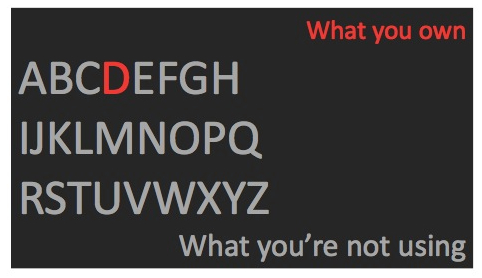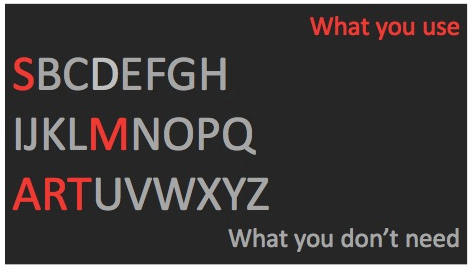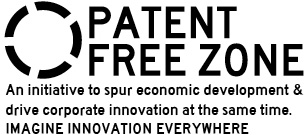For Investors
What makes the Patent Free Zone attractive to investors? It helps to reduce risk and ensure even higher returns from emerging markets. It accelerates the next generation solutions (which may then be next generation patents in the US – and globally) by allowing inventive solution integration (without M&A costs or R&D timelines & costs).
It makes R&D faster, simpler and cheaper by relying on proven successes from anyone, anywhere -- rather than new experimentation from scratch. It can lower your risks and costs and increase your return – and accelerate commercial impact.
- Focus on the best solutions & technologies, not only what the market currently offers
- Focus on what you can use, not only what you own (in US, Western Europe, etc.)
The most important thing about the Patent Free Zone is that you can use what you need for optimizing commercial impact, not just what you have (or have invented in-house, acquired through M&A, etc.). For investors, that means the Patent Free Zone is the best place to break into developing technology areas – or to streamline best-in-class products/services by integrating or combining best solutions, regardless of who initially developed & patented them in the US (but not in PFZ countries).
Imagine you want to invest in desalination technology, because you're convinced that demand for fresh water is growing. (It is). How would you get started? In a patent-rich country like the US, you could find companies that are working in that sector and invest in your favorites. Based on US patent registrations, there are about 250 players to choose from. Who's the best bet? You might be tempted to go with GE, the largest player -- but wait a minute. GE spent more than $4.1 billion to acquire its part of the desalination business, and now, nearly ten years later, by their own estimation, they're still nowhere close to the necessary efficiency to make desalination affordable and sustainable (GE stated in Jan 2009 that desal needed to become 80% more efficient just to be practical). Maybe it's just going to take awhile, so we should be patient. But what if they're on the wrong track (or the slow one)?
Look at what technology GE is using-- it's what they own. As of 2009, GE invented 47 of the 832 US patents in this field-- just 5.6%, or a little more than one in twenty patents. Their products, processes, and desalination plants are all built on their own patents (and what they’ve acquired). That's the way it usually works-- you use what you own or you don’t think about it.

That's a bit like having to write a book using only words that begin with the letter D (about one in twenty words, in English). No matter how good you get with D-words, some things will be really hard to write about. (Try finding a synonym for water that starts with D).
GE could be doing a great job with its desalination patents, but what if we could remove that constraint? At the very least, there might be room for improvement from the patents that GE isn’t using-- there's a lot of them.
Of course, you cannot guarantee which patents will bring the biggest commercial changes in desalination. Maybe the D-words are all you need. Maybe. But you would never start to write a book with just those words available, and there's no reason to accept a limitation like that with desalination patents, either.
There's another way. In the Patent Free Zone, investors can work with companies that choose their technology from all available patents for desalination (including GE's) in PFZ countries – which is most of the world outside the US and Western Europe. (One of GE’s major installations for desal is in Algeria, a PFZ country – any competitor could use the technology they acquired for $4.1B for free there). A company with basic competencies needed for desalination (such as a chemical or pharmaceutical manufacturer on the coast of Africa) could start working with any patents it chooses. So investors (including corporate investment) can start by reviewing ALL of the available technologies (based on inventive solutions represented in patents), put together the strongest set of technologies, and get to work. Don't worry about what you have, just use what you need to accelerate return on investment by compressing R&D cycles, using proven technology, and leveraging the funds on commercial impact, not slowing making progress in isolation.

Does this sound far-fetched? There's a venture capital group in Mexico that did almost exactly the same thing, on a smaller scale, in a recent investment plan. By conducting a search of available patents on technology related to the core competencies of a company it was acquiring, they immediately found several closely-related products that they could begin producing almost immediately, with minimal additional costs. The Patent Free Zone is waiting for you to do the same.
Again, in the Patent Free Zone, patented technology is free to anyone who can use it, and investors are free to invest in any technology they get built. They can back the best solutions for a given market, rather than what happens to be available (in the patent portfolios of the companies they own).

